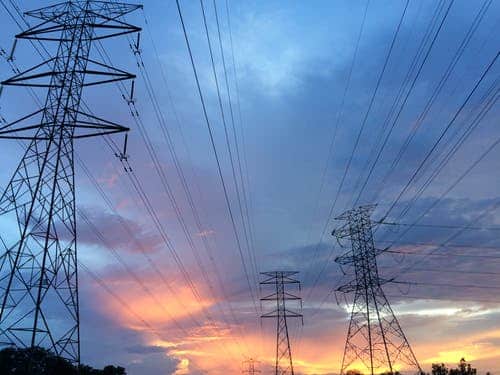U.S. Energy Department Announces $2 Billion for Grid Improvement Projects With Potential to Support 7.5 GW Capacity

The U.S. Energy Department on Oct.18 announced around $2 billion in funding for 38 grid improvement projects through its Grid Resilience and Innovation Partnerships, or GRIP, program. The projects will improve transmission and grid resiliency amid growing threats of extreme weather and increase grid capacity to meet load growth. These transmission projects would support over 7.5 gigawatts (GW) of grid capacity, through the enhancement of existing transmission systems and the addition of new transmission lines. The department anticipates launching the third round of GRIP funding in 2025.
The GRIP program funding of grid infrastructure projects is made possible by the 2021 Infrastructure Investment and Jobs Act, or IIJA. The program aims to provide a total of $10.5 billion for nationwide projects to improve grid flexibility and resiliency to adverse weather conditions. Through these projects, GRIP seeks to deploy 55 GW of grid capacity, which could power over 40 million homes annually.
So far, through multiple rounds of funding, GRIP has mobilized $7.6 billion of funding for 104 grid infrastructure projects. The first round opened in October 2023, awarding $3.5 billion for over 50 projects. Recently, the department announced a further $2.2 billion for eight major grid improvement projects across 18 states.
The project selections cover 42 states and include six projects in Southeastern states hit by Hurricanes Helene and Milton. The funding will cover the upgrade of over 950 miles of transmission, which includes enhancing over 650 miles of existing transmission lines and adding over 300 miles of new transmission lines.
The project selections cover states that are at the highest risk of adverse weather conditions. For example, Arizona, which experiences frequent wildfires, will use the funding to improve wildfire mitigation efforts and strengthen its grid through smart technology. The funding would allow the Arizona Public Service Company to upgrade monitoring systems, and wood utility poles and develop microgrids in under-resourced regions. The project is expected to save $113 million in emergency repair costs.
Entergy Texas secured funding to improve grid resilience in vulnerable communities in Port Arthur. The grid resiliency project is expected to generate around $74 million in savings from fewer power interruptions.
GridUnity from Boston, Massachusetts secured funding for its interconnection efficiency software. Working with multiple Regional Transmission Organizations serving around 210 million people, the software would streamline the interconnection process and speed up the review and approval of new interconnection projects across the U.S.
The Tennessee Valley Authority will utilize the GRIP funding to collaborate with its partners on 84 minor resilience projects. The projects spanning eight states will contribute more than 2.4 GW of transmission grid capacity and reduce solar interconnection delays.
EnerKnol Pulses like this one are powered by the EnerKnol Platform—the first comprehensive database for real-time energy policy tracking. Sign up for a free trial below for access to key regulatory data and deep industry insights across the energy spectrum.
ACCESS FREE TRIAL